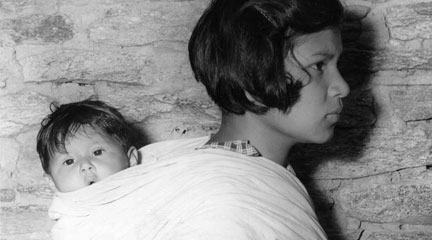Welcome to Best Practices
Spotlight on Elementary Education
Example of Historical Thinking

Challenge students to gather evidence from multiple primary sources. Here, a [...] »

What is the key line in Franklin D. Roosevelt's second inaugural address? [...] »

Make large-scale historic events like the Holocaust personal with artifacts [...] »

Potato chip marketing—how a luxury item became an everyday U.S. food.
[...] »
Today, we accept paper—and electronic—money as a fact of life. Historian [...] »
Teaching in Action

Elementary teacher Karen Eanes hooks her students with engaging historical [...] »

Ninth-grade teacher Jamie Kimbrough asked her students to stand in Kennedy's [...] »
Using Primary Sources

Check out these sites for excellent primary source material.
[...] »
Find the National Archive's worksheets for analyzing a variety of primary [...] »
Teaching with Textbooks

Turn your students into 'master chefs' by using learning menus that allow [...] »

Make the most of your textbook—engage students in close reading and analysis [...] »

Show your students how to challenge the authority gap between the textbook [...] »

Help students identify with the past via children who lived through the [...] »

Allow students to see that history as we know it is interpretation, [...] »


